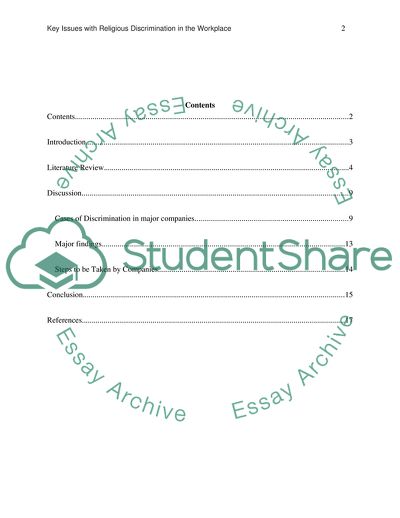Cite this document
(Key Issues with Religious Discrimination in the Workplace Research Paper, n.d.)
Key Issues with Religious Discrimination in the Workplace Research Paper. https://studentshare.org/human-resources/1806371-key-issues-with-religious-discrimination-in-the-workplace
Key Issues with Religious Discrimination in the Workplace Research Paper. https://studentshare.org/human-resources/1806371-key-issues-with-religious-discrimination-in-the-workplace
(Key Issues With Religious Discrimination in the Workplace Research Paper)
Key Issues With Religious Discrimination in the Workplace Research Paper. https://studentshare.org/human-resources/1806371-key-issues-with-religious-discrimination-in-the-workplace.
Key Issues With Religious Discrimination in the Workplace Research Paper. https://studentshare.org/human-resources/1806371-key-issues-with-religious-discrimination-in-the-workplace.
“Key Issues With Religious Discrimination in the Workplace Research Paper”. https://studentshare.org/human-resources/1806371-key-issues-with-religious-discrimination-in-the-workplace.


